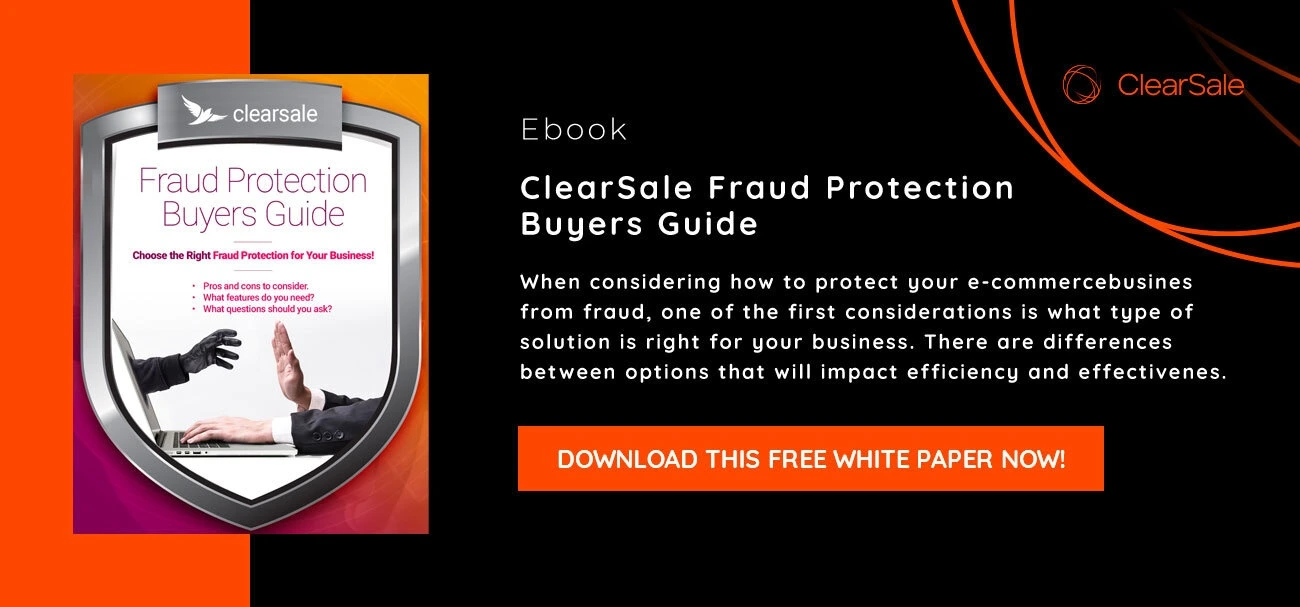Why January Is a Chargebacks Nightmare for Retailers
While online retailers bask in the glow of record-breaking holiday sales, the gift-returning season has begun to rear its ugly head. What looks like booming business in November and December often turns into a mountain of returns a few weeks later, challenging balance sheets and threatening profits. January has traditionally accounted for 51% of a retailer’s returns. As an example, 5.8 million packages were shipped back to merchants during the first week of 2016. This year, holiday returns are expected to total $90 billion.
Traditional returns aren’t the only revenue pitfall retailers experience after the holiday season. Merchants also see a rise in friendly fraud — when customers initiate refunds by claiming a legitimate charge is fraudulent — and these claims are costing retailers $11 billion yearly.
Although preventing every return and chargeback is impossible, the first quarter of the new year doesn’t have to be a balance sheet disaster. When merchants understand why customers are filing fraudulent chargebacks as a way to reverse purchases, retailers can better protect their growing online business.
How Returns Can Transform Into Chargebacks
It’s nearly impossible for merchants to predict which transactions will result in chargebacks. But understanding the top reasons customers file them invariably helps retailers prevent them.
Customers Don’t Recognize the Company Name
The company from which a customer buys a product isn’t always the same as the company listed on a credit card statement. When customers receive their statements and see an unfamiliar retailer’s name, they may file a chargeback, legitimately believing they didn’t make the purchase.
It’s Easy
The “customer is always right” mantra that most credit card issuers hold makes it simple for customers to win chargeback disputes. In fact, customers file 81% of chargebacks because it’s easier (and faster) to go online and initiate a chargeback than to ask a retailer for a refund.
Customers Experience Buyer’s Remorse
Blowing the holiday budget happens all too often, but the overspending doesn’t always become a reality until credit card statements begin arriving in January. When the guilt kicks in, product returns start. Self-conscious shoppers who don’t want to admit their overspending may initiate chargebacks as a way to recoup their money.
The Return Window Is Narrow
Consumers who do holiday shopping early may beat the rush, but their return clock starts counting down sooner, too. Gifts purchased in the late fall aren’t discovered to be the wrong size or color until late December — by then, the chance to return the purchase has passed. Frustrated customers frequently turn to chargebacks to circumvent the return policy and get their money back.
How Retailers Can Avoid Devastating Chargebacks
Customers don’t usually file chargebacks until weeks after the transaction, which means that record-breaking holiday revenue in December for merchants can turn into catastrophic chargebacks throughout the first quarter of the new year. And those chargebacks cost retailers:
- Revenue, merchandise and shipping dollars
- Fees and penalties assessed by acquiring banks
- Reputational damage
- Increased manpower costs associated with researching and responding to chargebacks
To avoid the effects of expensive returns and chargebacks, e-commerce retailers should employ the following strategies to prevent customer disputes from escalating:
Make Policies Easy to Find
No customer should have to hunt for — or guess at — return and exchange policies. Include store policies throughout the website, on checkout pages and on customer communications. Policies should also be readable for customers shopping via tablets and mobile devices.
Offer Flexible Holiday Returns
Institute and communicate flexible holiday return and exchange policies. Detail how returns are processed, including:
- Packaging requirements (tags still attached, original packaging, invoice included)
- Shipping preferences (who pays for shipping, preferred shipping methods)
- Method of refund (store credit, original credit card)
Clarify Business Names
Make sure customers know what company name they’ll see on their statements. Retailers who use a DBA or parent company name should include that information on order screens, transaction receipts and shipping confirmations — even packing slips. This reduces the risk of confusion and minimizes the likelihood a customer will file a chargeback over a seemingly unfamiliar purchase.
Make It Easy for Customers to Ask Questions
Customers should be able to contact retailers 24/7/365, using options like a customer call center, a monitored e-mail account or an online account management portal. The easier it is for customers to contact retailers with questions or concerns, the less likely they are to seek chargebacks for problem resolution.
Don’t Let Chargebacks Dampen Holiday Sales
Because picking the right holiday gift isn’t easy, merchants should always expect a post-holiday increase in returns. But while product returns are inevitable, chargebacks don’t have to be.
Businesses can minimize the financial impact of chargebacks by implementing a fraud protection solution that offers chargeback insurance against fraudulent transactions. ClearSale’s secure protection offers this 100% guarantee: If we approve a transaction that’s fraudulent and results in a chargeback, we’ll pay the entire cost of the chargeback. It’s a guarantee that most solutions can’t offer.
Don’t let product returns and chargebacks put a damper on your e-commerce business’s revenue. Contact a ClearSale fraud protection analyst today to learn how our fraud protection solution can make every holiday shopping season a happier (and more profitable) one.
 Sarah Elizabeth
Sarah Elizabeth
